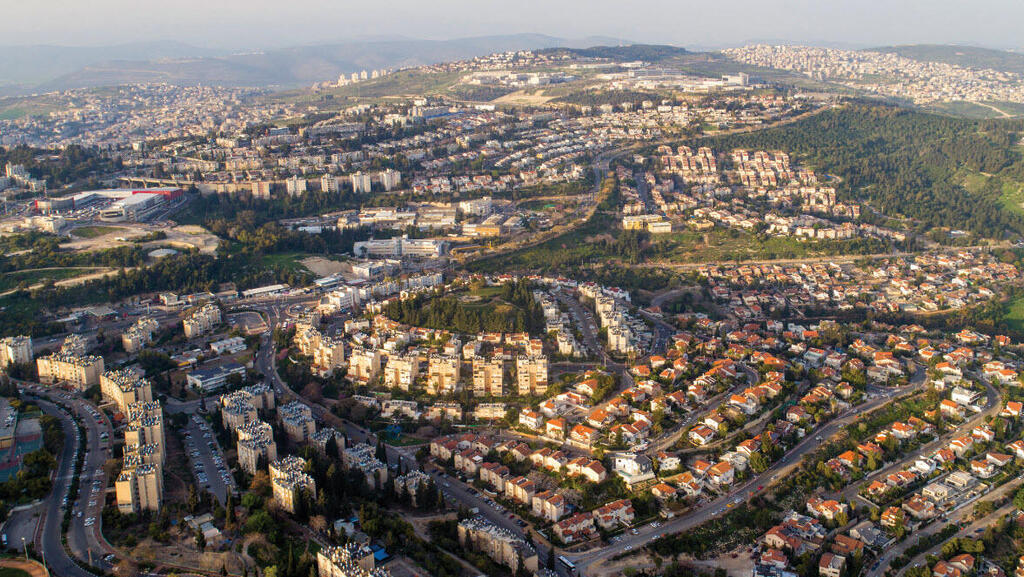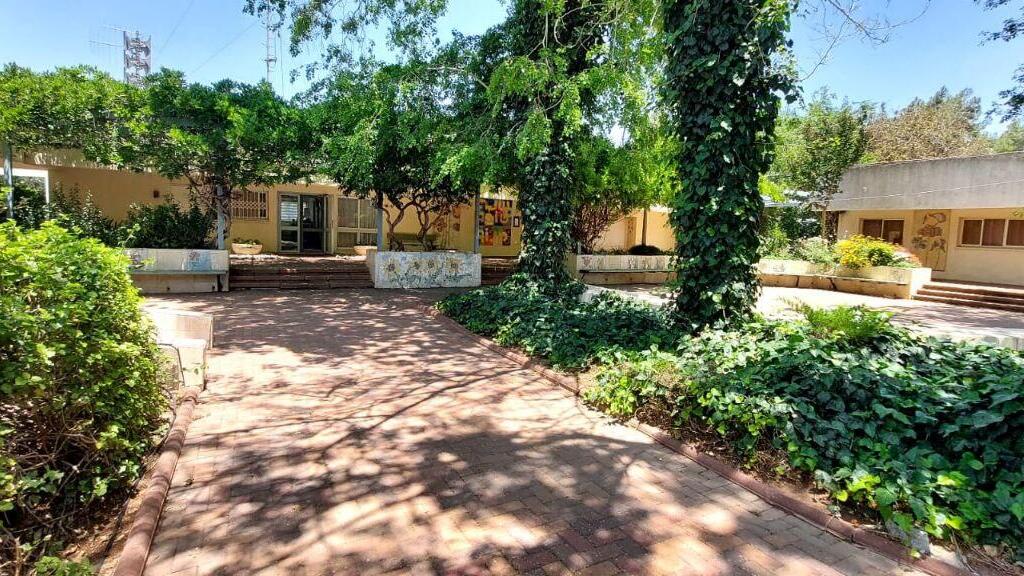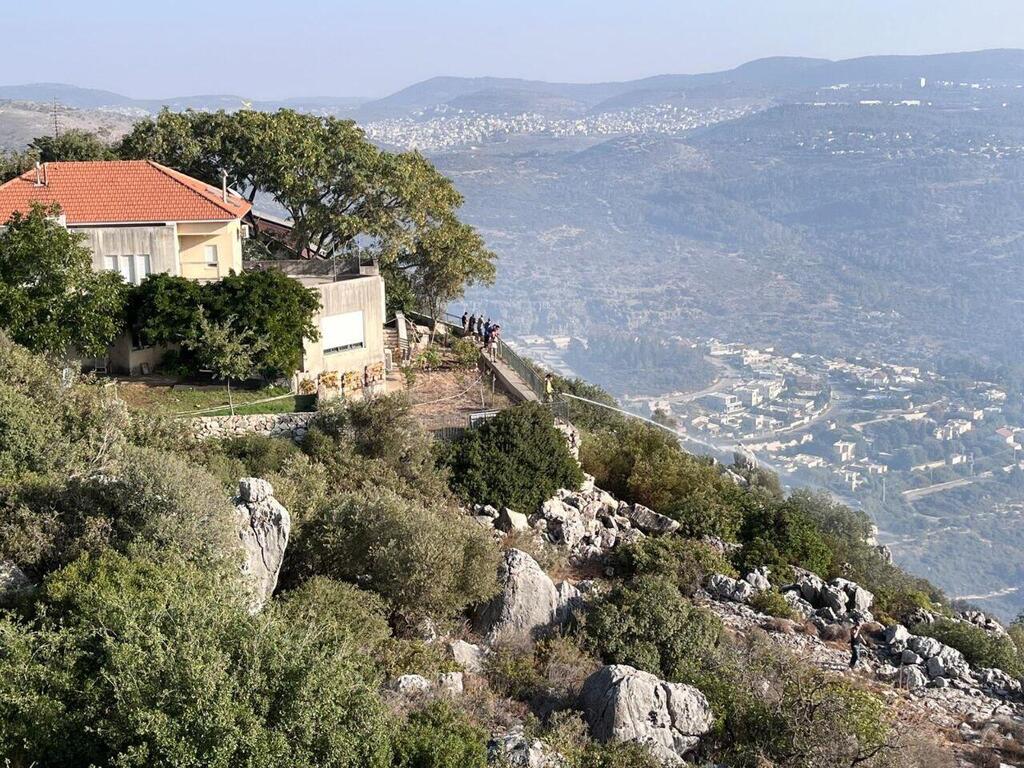Since its inception, the State of Israel has been linked to the vision of bringing its sons and daughters back to the land of Israel. Israel is seen as a concept and not just as a refuge from persecution, as Theodor Herzl wrote in the Jewish State, "No man can bring them [the Jewish people] back from the land to the land. Only an idea can do that."
Read more:
In the eyes of the rational observer, this is an extraordinary vision because, as is often said in the municipal world, every resident is a gem. But in the eyes of Herzlian thought which still influences Israeli policy to this day, these considerations are not taken into account.
The internal desire to reunite all parts of the scattered nation in its land is a constant and living aspiration, despite the challenges that surround us. We seek domestic peace and the filling of the house through our returning brothers and sisters, albeit gradually.
Since the establishment of the state, around 3.5 million immigrants have arrived. In relation to the size of the population, this is an unparalleled fact in the history of nations. The realization of this values-based vision of immigration and absorption has led to the unique existence in Israel of a government ministry dedicated to its implementation. Many Jews around the world, even today, in the year 5784, dream of Zion and yearn for Israel.
My late grandfather was involved in the absorption of immigrants in the Talpiot transition camp in Jerusalem in the 1950s. His relentless efforts to improve the conditions and integration processes in society encountered insurmountable difficulties.
It seems that since then, we have made progress, but the challenge of immigrant absorption remains. The changes in the natural and human landscape of immigrants are not simple. The processes of finding suitable employment, as well as integration into educational institutions and community life, are filled with numerous and diverse obstacles.
At this challenging point, another national challenge that has accompanied us for decades should be examined: the demographic shifts taking place in the Galilee. Since 1980, the Jewish population in the northern region has indeed grown numerically, but the trend of young people choosing to move to the center of the country is a clear and constant one.
New families do not arrive in large numbers, and the population of Israel refuses to spread to the desired areas because the state has not yet managed to turn the Galilee into a new desired region. Thus, the map of Galilee is being reshaped, with cities changing their demographic character, which also affects the characterization of municipal educational institutions, and settlements are being formed without new young families.
In this situation, it seems that the conclusion is clear: Israel will do well if it meets one challenge with another. In the national priority map approved this week, it is written that based on this decision, the government can assist settlements in their efforts to encourage immigrants to reside in them, assist in immigrant absorption, strengthen the immigrant population living in them, and its ability to settle in the country.
This is an important decision that now allows government ministries to direct their actions to strengthen the Galilee, prioritize it in investments to create quality employment opportunities suitable for immigrants, and offer significant incentives to those who choose to establish their homes in the northern region.
Many of the Jews who immigrate have never settled in the major central cities but in the periphery, where they have contributed to the development of the area, urban planning, and construction, and worked the land.
The landscape of their homeland is more similar to the open spaces of Galilee, certainly more than the center of the country, and housing opportunities can be possible in Galilee, even in times of rising prices. There is no reason why the Galilean dream should not be attractive and available to veteran Israelis and especially to new immigrants, instead of remaining a national challenge.




